Medical expert of the article
New publications
Red, white and string beans in type 1 and type 2 diabetes mellitus
Last reviewed: 03.07.2025

All iLive content is medically reviewed or fact checked to ensure as much factual accuracy as possible.
We have strict sourcing guidelines and only link to reputable media sites, academic research institutions and, whenever possible, medically peer reviewed studies. Note that the numbers in parentheses ([1], [2], etc.) are clickable links to these studies.
If you feel that any of our content is inaccurate, out-of-date, or otherwise questionable, please select it and press Ctrl + Enter.
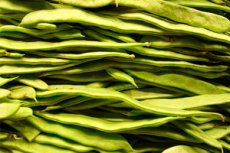
Glucose metabolism disorders in diabetics force them to take a responsible approach to their diet and regulate blood sugar levels with a low-carbohydrate diet. Their diet is based on meat, fish, seafood, poultry, cabbage, cucumbers, zucchini, fresh herbs, and nuts. But can you eat beans with type 1 and 2 diabetes, because they contain many useful substances and could diversify the patient's diet? It turns out that folk medicine even has recipes for treating diabetes with bean broth.
Benefits
What composition of beans determines not only the possibility of including them in the menu for diabetics, but also the need to do so? It is rich in proteins, amino acids, fiber, vitamins B, E, C, K, F, P, group B, mineral salts, organic substances and acids, zinc, iodine, antioxidants, starch, fructose. These components help in metabolism, digestion, have a positive effect on the pancreas, strengthen the nervous system, immunity, tooth enamel and bones. But the main benefit for this category of people lies in the unique ratio of proteins, amino acids and carbohydrates, which allows insulin to perform the functions of reducing sugar levels, as well as removing toxins from the body that are formed as a result of its poisoning with high glucose levels.
Raw beans
There are completely opposite opinions about raw beans for diabetes: some are categorically against it, because it can disrupt digestion, cause flatulence, abdominal pain, others advise soaking 5 beans overnight, and eating them on an empty stomach in the morning, washing them down with the water in which they swelled. Probably, it is best to experiment on yourself, if there are no unpleasant consequences, then you can use this folk method of reducing sugar.
 [ 3 ]
[ 3 ]
Black beans
Black beans are no less useful for diabetes than other types. Although they are less popular due to their color, they contain just as many useful substances as, say, traditional white beans.
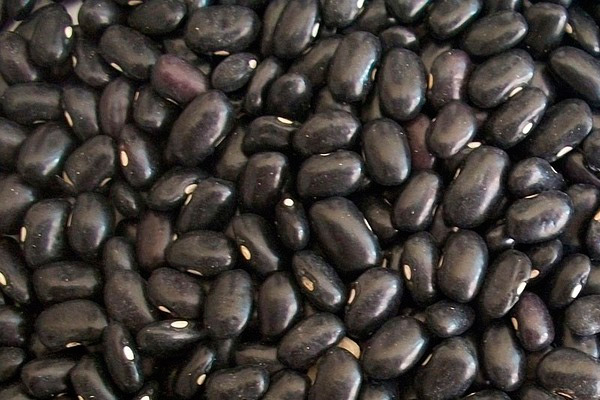
Black beans have excellent immunomodulatory properties, protect the body from infections and bacteria, improve intestinal microflora, and act as a filter for waste and toxins.
 [ 4 ]
[ 4 ]
Canned beans
Canned beans slightly lose their qualities (up to 70% of vitamins and 80% of minerals remain). But this is not a reason to exclude them from the diet for diabetes. They have a low calorie content, and in terms of protein content are close to some types of fish and meat, go well with various products and can be used as an independent dish, as well as an ingredient in salads or a side dish.
 [ 5 ]
[ 5 ]
Bean pods
To prepare bean dishes, beans are removed from the pods and the pods are left. Diabetics do not need to throw them away, because this is an excellent raw material for making a medicinal decoction. They contain the most important microelements for the body, flavonoids, amino acids: lysine, terosine, arginine, tryptophan, methionine. Glucokinin in their composition promotes the fastest absorption of glucose, and kaempferol and quercetin strengthen the walls of blood vessels, which is important for this pathology due to concomitant diseases. They can be prepared in the fall, after harvesting. They are dried and stored in glass or enamel containers. Pour a tablespoon of crushed raw materials with a glass of boiled water at room temperature and place in a water bath under a lid for 15 minutes. After an hour, strain, add water until the glass is full, drink half a glass warmed up half an hour before meals three times a day.
Bean pods
Green bean pods without shelling are also successfully used in the treatment of diabetes. Although they contain fewer nutrients, they also have fewer calories. For comparison: 150g of boiled beans contain 130 kcal, and the same weight of pods contains only 35. Since diabetes is associated with metabolic disorders and is often accompanied by obesity, this is an important factor. Pods serve as a kind of filter for the body, a decoction of them removes toxins and poisons, removes fluid.
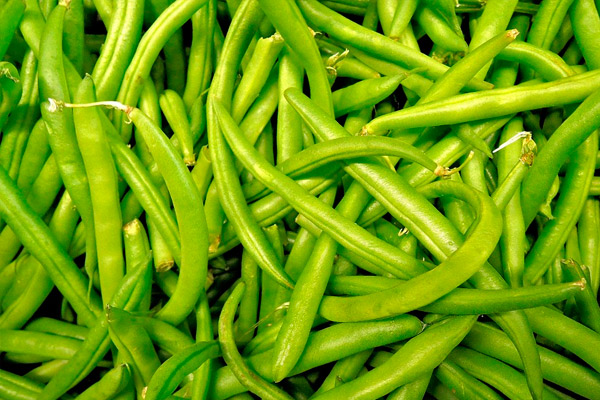
For diabetes, brew green beans, not dried ones. The decoction is made as follows: a handful of beans (can be cut into smaller pieces) is poured with water (1 liter), after boiling, simmer for 15 minutes on low heat, then infuse under the lid for 1.5 hours. Drink half a glass 3 times a day before meals. Overweight people can have a full glass.
 [ 6 ]
[ 6 ]
Soaked beans
Beans are usually soaked before cooking. Why is this done and what does it give? Beans contain phytic acid, an antinutrient that protects them from bacteria and other pests. Nature has invented such a mechanism to preserve the embryo until it germinates, and then the enzyme phytase is synthesized, releasing all the useful minerals and vitamins to give growth to a new plant. The human body does not produce substances that neutralize phytic acid, so beans that have not undergone the preparatory stage impair the absorption of microelements, protein, fats, starch, carbohydrates. In nature, there are a large number of different varieties of beans, but for diabetes and everyone else, you only need to cook pre-soaked beans.
White beans
The most common in our area is white beans. They are loved because they do not change the color of dishes, they are a desirable ingredient in borscht, vinaigrette, salads. This is a universal product suitable for different diets.
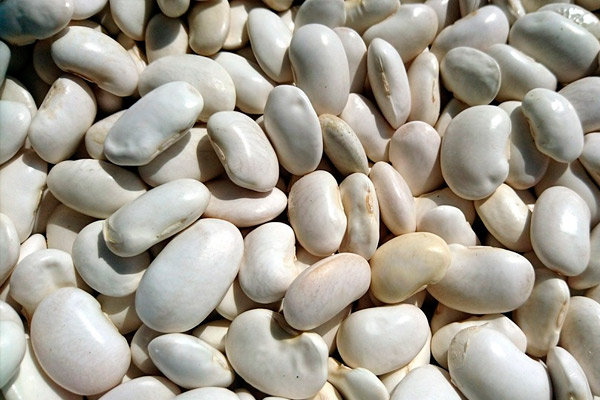
It promotes cell regeneration, which means rapid healing of wounds and cracks in the skin, and its antibacterial properties are also known. White beans can be eaten without restrictions for diabetes.
Red beans
The red color of beans looks spectacular as a side dish, it is a traditional dish for Hindus, Caucasian peoples, Turks. It is also very useful for diabetes, as it is a powerful stabilizer of metabolic processes, regulates digestion well, and strengthens the immune system.
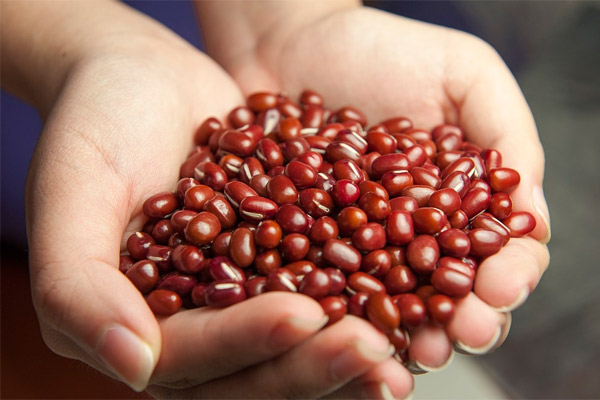
For people suffering from excess weight, it can become an assistant in the fight against it, as it contains a large amount of fiber, gives a feeling of satiety for a long time and at the same time is low in calories.
Green beans
Green asparagus beans are good for diabetes and very tasty. They can be enjoyed not only in season, but also in winter. To do this, they are lightly boiled, cooled and frozen in the freezer. The range of dishes with its participation is very wide: from side dishes to components of salads, soups, main courses.
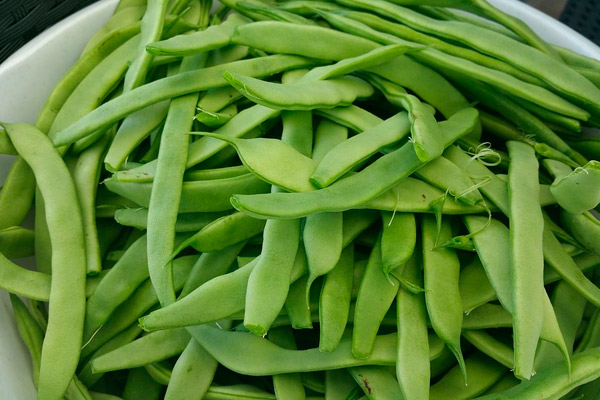
The soft texture makes the vegetable juicy and pleasant, and its finolic antioxidants strengthen health, increase resistance to infectious agents, and neutralize free radicals. The substance zaexanthin in it is absorbed into the eye tissue, strengthening it, which is very important for diabetics. Thanks to soluble fiber, asparagus beans regulate blood sugar levels, preventing a sharp jump after eating.
Possible risks
Possible complications are associated with exacerbation of gastrointestinal diseases, increased gas formation, colic, flatulence. Allergy manifests itself as itching, redness, rashes, swelling.
 [ 10 ]
[ 10 ]
Bean dishes for diabetics
The taste of beans allows them to be present on the tables of not only diabetics, but also all people, the main thing is not to forget to prepare it and soak it for 10-12 hours. The range of its application is very wide, but when preparing, you need to follow the recommendations intended for dietary table No. 9. Let's consider individual bean dishes and recipes for their preparation:
- bean soup - you can cook it in weak chicken broth or use only vegetables. Drain the liquid from the soaked beans, pour water (broth) over them, cut the carrots, add the onion cut in half, celery root, and potatoes. Cook until done;
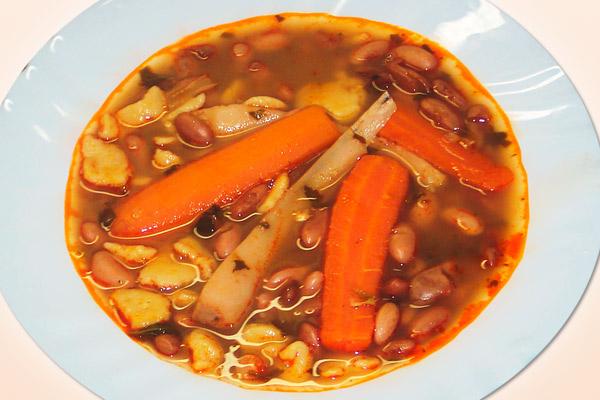
- salad with added beans - stew eggplants, onions and fresh tomatoes in vegetable oil, let cool, combine with pre-boiled beans, sprinkle with herbs;
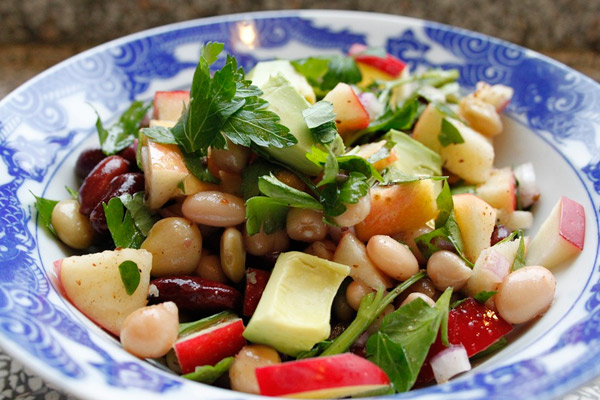
- stewed beans with vegetables - combine onions sautéed in sunflower oil, carrots with broccoli, cauliflower, zucchini, chopped tomato, boiled red beans, add a little salt, put in the oven for 30 minutes. Sprinkle with fresh herbs before serving.
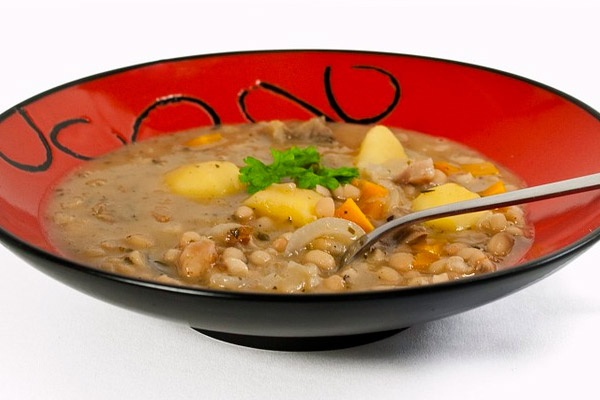
- meatballs with green beans garnish - form turkey meatballs, steam them. Boil green beans in salted water, place on a plate next to the meatballs and sprinkle with grated hard cheese;

